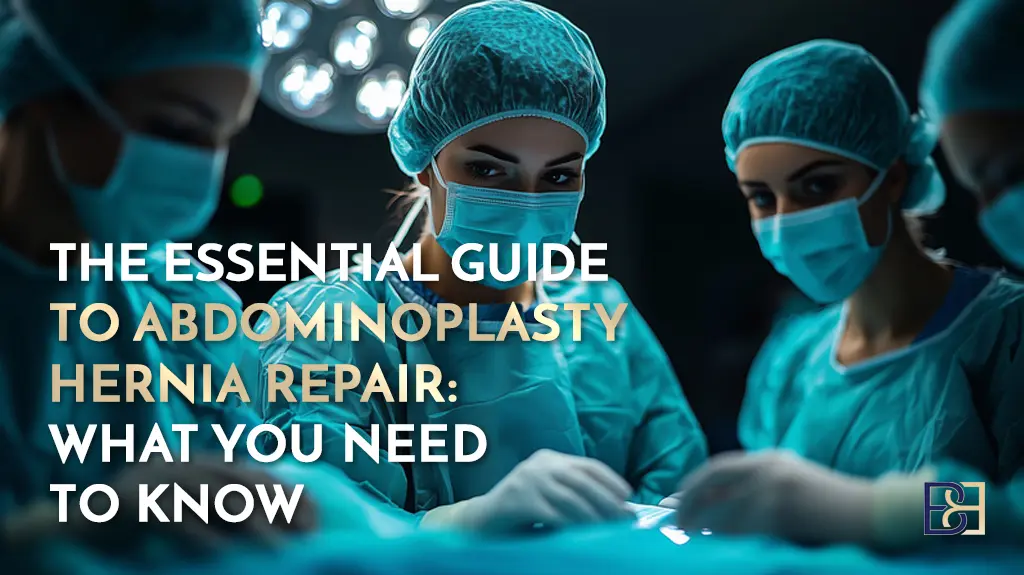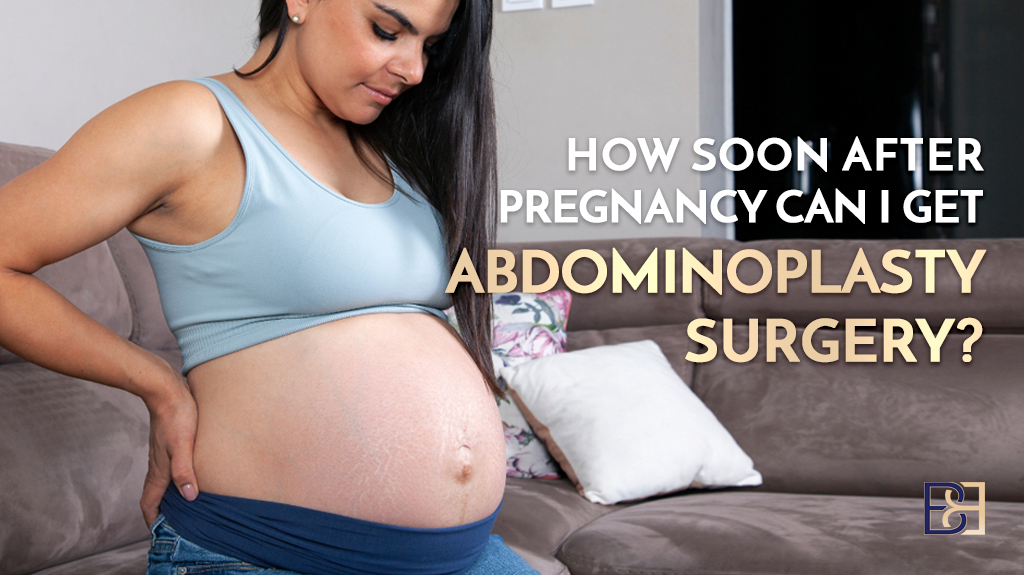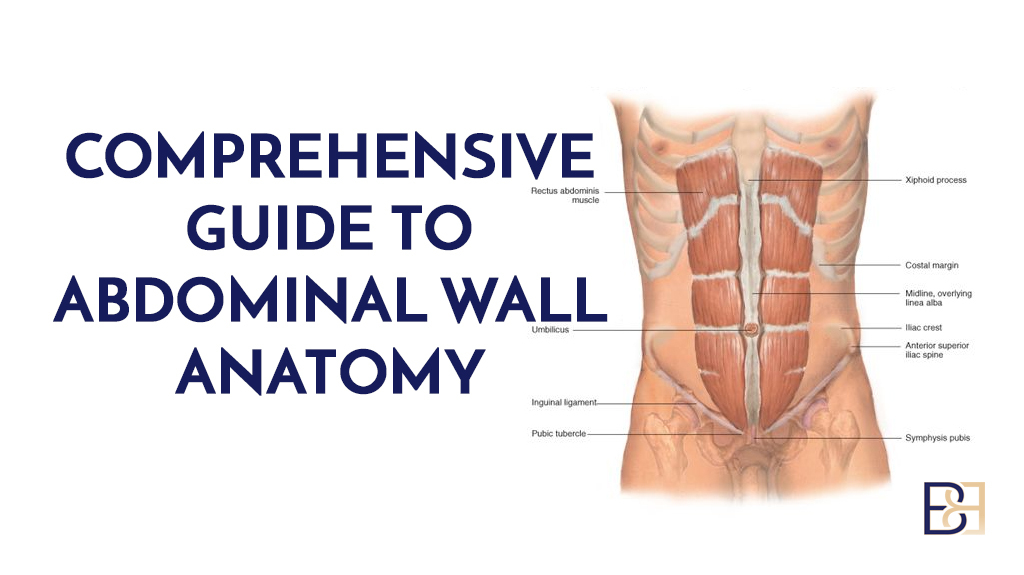Swelling is normal as your body heals from abdominoplasty. It happens to every patient. However, swelling can be **. It can also make you look bloated, which is not probably the appearance you were hoping for when you decided to get a tummy tuck. Many patients wonder how to reduce swelling after tummy tuck surgery. Luckily, there are ** steps you can take to reduce swelling as you recover.
Swelling 101
Swelling should be expected after any cosmetic surgery. A tummy tuck is no exception. While most of the swelling goes away in the first four weeks after surgery, it can take around six months for all of the swelling to subside. Today, we will talk about the steps you can take to reduce swelling after tummy tuck for a more ** recovery.
Factors for healing
Every patient heals differently after a tummy tuck. There are many factors that affect tummy tuck healing. Lifestyle and other factors like smoking, underlying health conditions, age and immune response all contribute to the healing process. To ** healing, follow your doctor’s post-op instructions to a tee. This promotes overall healing and keeps swelling to a minimum.
Tips to reduce swelling
Swelling can cause discomfort, so reducing swelling will make your recovery easier. The good news is that we have several doctor-approved tips to help calm swelling so that you can have a far more ** recovery.
Tip nr 1: Rest
Book your appointment online now
It is common to feel more tired than usual after surgery. The reason is because the body is doing a lot more work than normal as it heals.
Getting enough sleep and taking it ** the first few weeks after surgery is very important. As you rest, your immune system goes to work. Resting allows the body to focus on healing and repairing damaged tissue.
It’s not just getting enough sleep that makes a difference. Limiting movement during the day can also help. Being a couch potato doesn’t come naturally to every patient. There can be a temptation to help out with the kids, do light chores, or squeeze in extra work while you are away from the office. While you don’t have to remain bed bound as you recover, it is a good idea to reserve your energy for healing.
Overexerting yourself can slow the healing process, irritate healing tissue and cause stress and strain on the body. Swelling and inflammation can increase as a result. The lesson? Kick your feet up and relax more. You’ll be doing your body a favor.
Following surgery, mobility will be limited temporarily. It can be ** to move around in the first few weeks of recovery. Housework, exercise and vigorous activity will be off limits for at least four to six weeks post-op. However, walking for a few minutes every hour is recommended. Light activity can reduce blood clots by keeping your circulatory system active, as well as reduce fluid buildup.
Tip nr 2: Wear compression garments
Doctor Bernard will provide you with compression garments to wear after your tummy tuck. It is important that you wear the garment as instructed to reduce swelling after surgery.
A compression garment is a tight-fitting medical garment that reduces swelling by applying ** pressure to the abdomen as you heal. Not only do compression garments ease swelling, but they may also prevent wounds from opening. Further, they can reduce bruising, protect the wound from infection, speed healing, ease discomfort and pain, help shape the abdomen, and there’s even anecdotal evidence that they may reduce the risk of keloid scarring.
The more complex the tummy tuck, the longer it is necessary to wear the garment. Four to six weeks is common. However, less invasive tummy tucks (such as the mini tummy tuck) may only require you to wear it for about two weeks.
Choosing the right tummy tuck compression garment can be tricky. Not all garments are created equal. The more ** and high-quality the garment, the more ** it will be to wear.
Dr. Beldholm provides premium tummy tuck garments after surgery for his patients. If your surgeon did not provide garments, it is up to you to choose one. The highest quality tummy tuck compression garments have a seamless design, moisture-wicking and breathable fabric, sturdy closures and antibacterial properties to reduce the risk of infection.
Wearing the garment according to your surgeon’s instructions can help reduce swelling dramatically.
Tip nr 3: Caring for drains
Dr. Bernard Beldholm specializes in drainless abdominoplasty. Eliminating drains has many benefits. The latest tummy tuck techniques keep swelling to a minimum without the need for drains. Older tummy tuck methods may still require the use of drains.
Many cosmetic surgeons still rely on drains today. Drains are small, thin tubes that are placed in the skin to help excess blood and fluid be removed from the surgical site.
Unfortunately, drains require routine maintenance. Keeping drains clean is important. Your surgeon will advise you on how to care for the drains. Typically, they should be emptied three times per day.
Recording the amount of fluid that is removed each time helps your surgeon know when they are ready to be removed, usually three to seven days after surgery on average (sometimes longer, it depends). Antibiotics are usually prescribed when drains are placed.
The bottom line is that modern drainless tummy tucks cause less swelling than older methods. If you have drains to reduce swelling and fluid buildup, take proper care of them to ensure they work properly.
Tip nr 4: Anti-inflammatory medication (wait until your doctor approves their use!)
Download our infographic: “15 Exercises to Try After Abdominoplasty”
Inflammation and swelling is a normal response after any surgery. Anti-inflammatory medication is one of the fastest ways to reduce swelling. However, be sure to clear this with your doctor before you begin taking this or any medication. Even over-the-counter medications must be approved by your doctor first.
Common OTC anti-inflammatories include ibuprofen, naproxen and aspirin. Certain anti-inflammatories can thin the blood and cause clotting problems, which is why it is essential to ask your surgeon when you can to ** begin taking these medications after surgery.
Anti-inflammatories are also known as NSAIDs. They work by reducing prostaglandins, which are chemicals in the body that trigger inflammation. NSAIDs work ** to reduce pain and inflammation, however long term use is not recommended. They can also cause bleeding, which is why it is important not to take them too soon after surgery. Dr. Beldholm will advise you on when it is okay to begin taking over-the-counter NSAIDs after surgery.
It is vital to following your surgeon’s instructions on this. Failure to do so can cause serious complications. While you may be anxious to reduce swelling, it is better to be ** than sorry.
Tip nr 5: Eat healthy and drink water
Food is fuel for your body. A healthy diet is necessary for healing. After surgery, your body needs vitamins and nutrients for a speedy recovery.
Ideally, your nutrients should come from food. If you are considering taking vitamin supplements for healing, your surgeon must clear them first to ensure there won’t be any unsafe effects. For example, taking Vitamin E supplements after surgery can thin the blood and cause bleeding. It is off limits leading up to and immediately after surgery.
Before surgery day, fill your fridge with fresh fruits and vegetables. Whole grains and fiber are also good choices. Avoid sugary, salty or processed foods since they can cause fluid retention. Drinking plenty of water is a smart idea. Water flushes out toxins and keeps you hydrated, both of which are good for healing and reducing inflammation.
Tip nr 6: Wound dressings
Think all bandages are created equal? Think again. Today, there are many advanced wound dressings that are available to surgeons. Some of them can even reduce swelling after a tummy tuck.
PICO negative-pressure dressings are Doctor Bernard’s bandage of choice. PICO uses battery-powered suction to remove excess fluid from the wound site using AIRLOCK Technology. This ** and soft dressing has many other benefits aside from reducing swelling. According to the manufacturer, they protect the wound from bacteria and result in better-looking tummy tuck scars.
Tip nr 7: Don’t miss follow-up appointments
Keeping up with post-op appointments is necessary so your doctor can monitor healing. If you have any questions or concerns about persistent swelling, this gives you a chance to discuss it with your doctor.
Follow-ups are also helpful because your surgeon can check that your compression garments are worn correctly. The garment shouldn’t be too loose or too tight. Since it is not always obvious to patients how they should fit, wearing it to the follow-up appointment can put any uncertainty you have to rest.
Conclusion
It is crucial that you follow all of your surgeon’s instructions. Doing so can reduce swelling after a tummy tuck. Be sure to rest, eat healthy foods, drink water, wear compression garments and attend all of your follow-up appointments.




